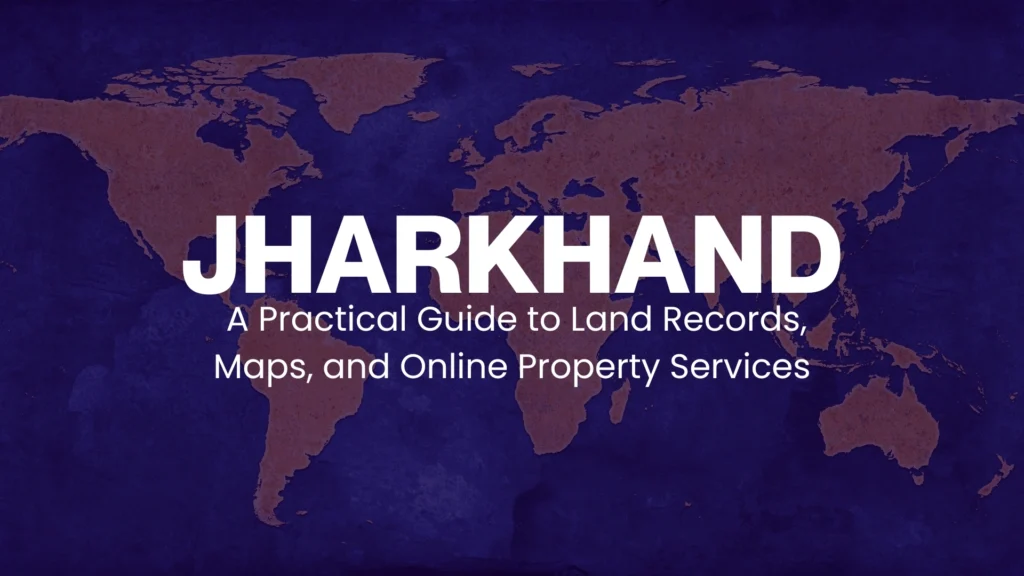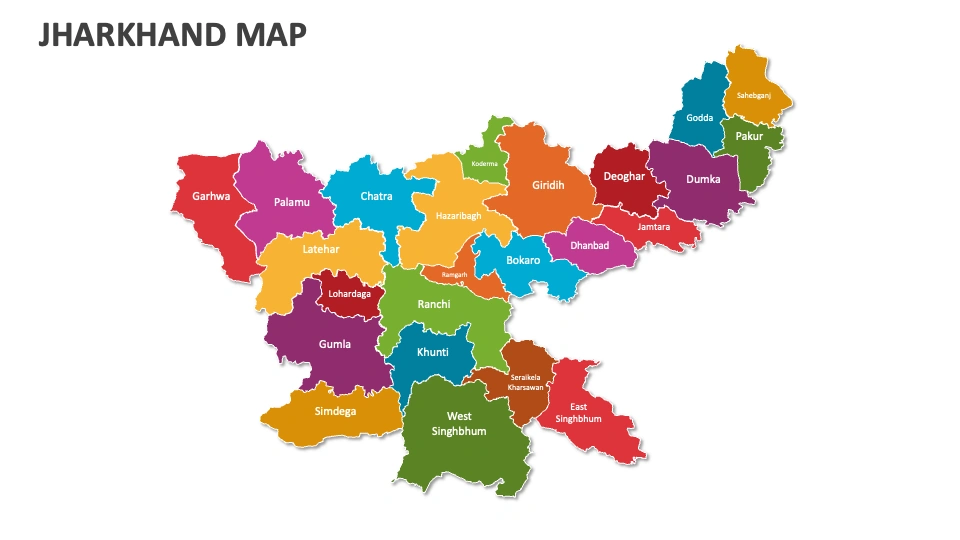The week my father decided to sell a small ancestral plot, we feared the paperwork would swallow us. Then a neighbour showed us how to check records online, and in one evening we verified ownership, pulled the map, and tracked mutation without leaving home.
If you’ve had a similar moment, this guide is for you clear steps, verified sources, and practical tips to navigate land and property services in Jharkhand.


Why this guide matters
For landowners, buyers, students, and researchers, a trusted overview saves time and prevents costly mistakes. This article brings together everything you need to work with land records in Jharkhand: Register-II (Record of Rights), Khata/Khesra search, online mutation (Dakhil-Kharij), digital land maps (Bhu Naksha), and deed registration. We explain how the official portals connect, how to avoid common errors, and what to do when systems are under maintenance.
Note: This is an independent informational guide. Always complete transactions only on official government portals and verify details with local authorities.
Digital Land Governance in the state
Jharbhoomi
The official land-records portal providing Register-II, Khata/Khesra lookup, online mutation, and links to Bhu Naksha and district websites.
Bhu-Naksha
The cadastral map viewer that lets you view plot boundaries, verify map details, and download maps where available.
e-Nibandhan / IGRS Jharkhand
The deed registration and stamp duty ecosystem, including calculators and online appointment/filing flows.
Together these platforms help citizens, banks, and buyers test the “chain of truth”: who owns the land, where it sits on the map, whether mutation is done, and whether the deed can be registered properly.
Before you start: terms you’ll see everywhere
- Register-II (Record of Rights): The authoritative extract showing land ownership and related particulars.
- Khata & Khesra: Khata is the account number of the landholder; Khesra is the plot number.
- Mutation (Dakhil-Kharij): Updating land revenue records after a sale, inheritance, partition, or gift.
- Lagan: Land revenue (rent/tax) payable to the state.
- Encumbrance: Legal burdens on a property, such as mortgages or outstanding dues.
How to check land records on Jharbhoomi (Register-II, Khata, Khesra)
- Go to the official portal: Open the Jharbhoomi website.
- Choose your service: Select “View Khata & Register-II” or “View Register-II”.
- Select location: Pick your District and Block (Anchal).
- Enter search details: Use Mauja (village) name, Khata number, or Khesra number.
- Submit & review: View the record and carefully note owner name, plot area, category, and remarks.
- Save a copy: Download/print the extract for your records, but remember the online copy is informational; for legal use, obtain certified copies as required by your case.
Pro tips
- If you don’t know the Khata number, try searching by Mauja first, then filter by owner name.
- Cross-check old spellings or alternate transliterations for village names.
- Compare details across multiple entries when plots have been subdivided over time.
How to view maps on Bhu-Naksha
- Open the cadastral map viewer (Bhu-Naksha).
- Drill down by geography: Select your district, block, and village.
- Search your plot: Enter your Khesra (plot) number.
- Verify on the map: Confirm the plot location, boundary, and neighbouring plots.
- Export or print: Where available, download or print the map for personal reference. For legal use, ask the revenue office for certified map extracts.
Why this matters: A clean map check prevents boundary confusion, helps you understand access roads and water bodies, and flags potential overlaps before you sign any sale deed.
How online mutation works
Mutation updates the revenue records to reflect the latest owner. In most cases you can file online and then track the application:
- Start on Jharbhoomi: Choose Online Mutation (Dakhil-Kharij).
- Create/Log in to your account: Use your mobile OTP or credentials.
- Fill the form: Provide seller/buyer details, Register-II references, transaction type (sale, inheritance, partition, gift), and upload supporting documents (ID proof, deed, etc.).
- Submit & pay fees where applicable.
- Track status: Use the Application Status page to see movement at the Circle/Anchal level.
- After approval: Confirm that Register-II reflects the new owner details.
Documents you may need
- Identity and address proof
- Registered sale deed / succession documents
- Recent tax (lagan) receipt
- Affidavits or NOC where applicable
Deed registration, stamp duty, and fee calculators
Property registration happens under the state registration system.
What to expect during maintenance windows
Digital systems occasionally undergo upgrades. If services are briefly unavailable (e.g., online mutation or registration search), note the advisory banners on official sites and plan your visit to the office accordingly. After a major upgrade, caches may take time to refresh—always re-check your application status a day later before escalating.
Buyer’s 10-step checklist (works for sellers too)
Common mistakes (and how to avoid them)
- Relying only on a printout: Online extracts are primarily informational. For litigation or bank loans, request certified copies and ECs.
- Ignoring boundary mismatches: A plot that looks “approximately right” on a map is not enough—match plot numbers and dimensions with Bhu-Naksha.
- Skipping mutation: Without mutation, future buyers may face trouble changing records, and utilities or bank loans can be delayed.
- Assuming names are unique: Many villages share similar names; always use district/block filters and double-check spellings.
- Not saving receipts: Keep PDFs and screenshots of every step: application, payments, and approvals.
The bigger picture: Jharkhand beyond the portals
Jharkhand is a mineral-rich state with dynamic urban centres like Ranchi, Dhanbad, Jamshedpur, and Hazaribagh, but its land systems must serve farmers, forest-fringe communities, and rapidly growing towns alike. That diversity is exactly why a single, searchable source of truth helps ordinary citizens. Whether you are verifying an urban plot in Ranchi or a small agricultural piece in a remote block, Jharbhoomi Jharkhand benefits when citizens can transparently verify ownership and map boundaries before building, buying, or selling.
For start-ups, surveyors, and banks operating in Jharkhand, consistent digital access reduces friction. Loan disbursals are faster when borrowers attach Register-II extracts and mutation receipts. Researchers studying land-use change in Jharkhand can combine open map layers with village-level records to ground their analysis.
Who should use this guide (and how)
- First-time buyers in the state: Follow the 10-step checklist and don’t skip Bhu-Naksha.
- Sellers and brokers: Keep Register-II and mutation history ready to build trust with buyers in the state’s markets.
- Students and journalists: Use screenshots (redacting personal data) to illustrate how digital governance works in the state.
- NRIs and out-of-state owners: You can verify records remotely; when you travel to the state to register, carry certified copies and originals.
Documents pack: what usually helps
Put these into a labelled folder so that when you visit an office in the state, you don’t waste time hunting for pages.
Troubleshooting and support
Privacy and safety notes
As with any online service, be careful with cyber-cafes. Do not store your OTPs or ID scans on shared machines. If you need help filling forms in the state, sit with the operator and review every page before submission. Avoid third-party apps that promise land records for all states but do not link back to official portals.
A cousin almost signed a deal on a farmland he loved. A fifteen-minute map check showed the access road ran through a neighbour’s parcel. He walked away grateful that a quick look saved a lifetime of arguments.”
Offical Website: jharbhoomi.jharkhand.gov.in.
Digital systems do not replace due diligence; they supercharge it. Use them well, keep records, and escalate politely when something seems off. If you need a plain-English refresher before your next property decision, revisit this guide and share it with someone who needs it.
